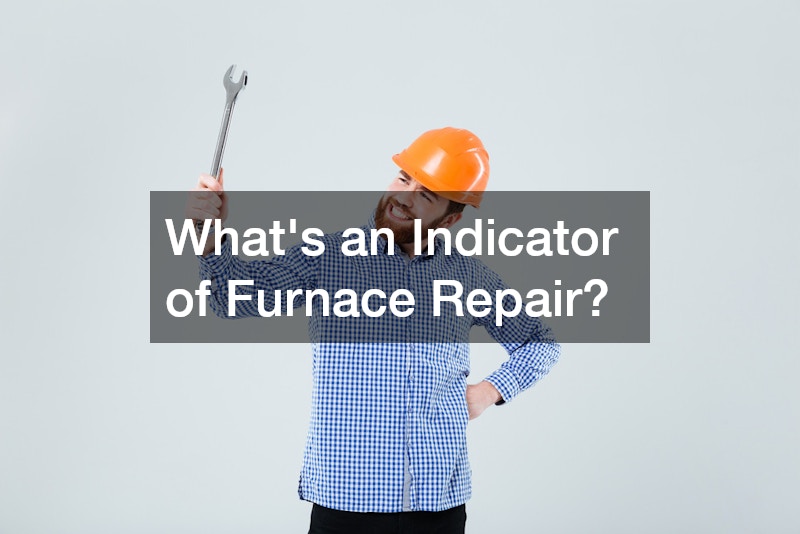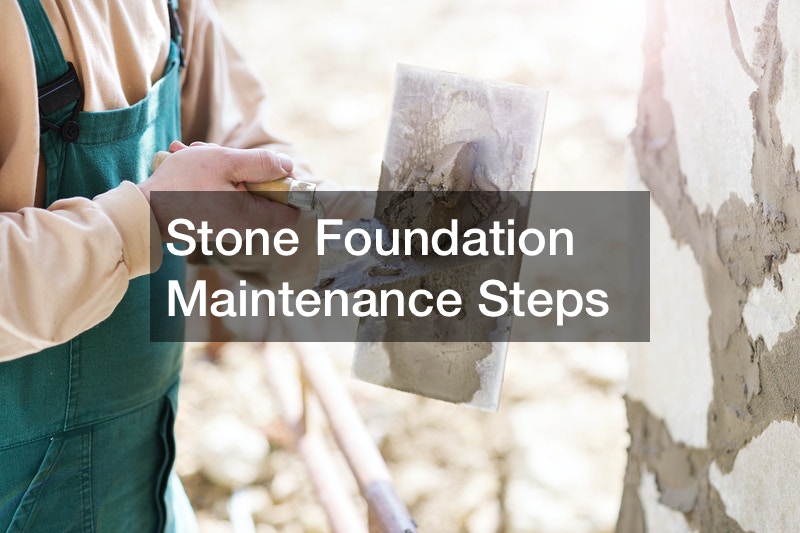
Understanding furnace repair indicators is essential for maintaining a safe and efficient home heating system. In this article, we explore common signs that your furnace may need attention and provide guidance on addressing these issues. Identifying these signs early can prevent potential hazards and costly repairs down the line.
What are the Common Signs a Furnace Needs Repair?
Unusual Noises
Strange sounds such as banging or rattling can indicate mechanical issues. These noises often arise when components like belts or bearings become worn or misaligned, leading to operational inefficiencies. Addressing such noises promptly can prevent further damage to your heating system and maintain its longevity.
Ignoring unusual noises can result in more serious issues, such as complete system failure. It’s essential to contact a professional technician to diagnose and resolve the problem. Regular maintenance can help identify potential issues, thus avoiding inconvenient breakdowns during colder months.
Regularly scheduled inspections can provide peace of mind, ensuring your system runs smoothly. Listen for any new or strange noises and take them seriously as a call for action. Ensuring your furnace operates quietly is key to a comfortable and safe home environment.
Inconsistent Heating
Experiencing uneven warmth in your home may be a result of a malfunctioning furnace. Airflow problems or defects within the unit can cause certain areas to be warmer or cooler than others. This inconsistency can be uncomfortable and wasteful in terms of energy usage.
Identifying the root cause involves checking for blocked vents or leaky ductwork. Sometimes, the issue may stem from poor insulation, which fails to retain the warmth effectively. Professional assessment can guide necessary repairs or improvements to enhance your home’s heating distribution.
Consider regular inspections and maintenance to prevent these inconsistencies. Ensuring your system is balanced and working efficiently contributes to both comfort and energy savings. Timely repairs can increase the effectiveness and reliability of your furnace, reducing your environmental impact.
Increased Energy Bills
A sudden rise in energy costs may signal that your furnace is not operating efficiently. When a furnace struggles to provide the desired temperature, it may overwork and consume more energy. Identifying inefficiencies can prevent further financial strain on your household budget.
Potential reasons for this increased consumption include wear and tear, clogged filters, or malfunctioning parts. Regularly updating your system and addressing wear can optimize its energy usage. Consider consulting with an expert to determine the efficiency level of your furnace.
Making energy-efficient upgrades may also be beneficial in the long run. An efficient furnace acts positively towards both the environment and your wallet. Proactive measures will keep your energy usage in check, preventing unexpected billing surprises.
How to Troubleshoot Basic Furnace Issues?
Check the Thermostat
Ensure your thermostat settings are correct and functioning properly. Proper calibration is essential for your furnace to operate efficiently according to your desired temperature. Often, simple adjustments can resolve heating issues without needing extensive repairs.
Verify that the thermostat is switched to the correct mode and accurately set to respond to temperature changes. Batteries may also need replacement to maintain functionality. Troubleshooting these minor issues early can prevent unnecessary stress and discomfort.
Consider investing in a programmable thermostat for enhanced efficiency. This approach allows you to set different temperatures based on your routine, reducing unnecessary energy expenditure. Regular check-ups on your thermostat can significantly impact your system’s overall performance.
Inspect Air Filters
Clogged air filters can cause poor performance and should be replaced regularly. Air filters, essential for trapping dust and debris, significantly affect your furnace’s efficiency. Regular replacements can prevent strain on the system and maintain clean, healthy indoor air.
Dirty filters force your furnace to work harder, resulting in increased energy use and potential damage. A general recommendation is to change filters every one to three months. Staying consistent with this can extend the life of your furnace and improve your home’s comfort level.
Clean filters contribute to more consistent heating and airflow. This simple maintenance task saves money over time and enhances your unit’s reliability. Explore high-efficiency filter options to maximize your furnace’s performance and air quality.
Examine Pilot Light or Ignition System
A faulty pilot light or ignition system could prevent your furnace from starting. Pilot lights that burn yellow instead of blue often indicate a malfunction that requires professional attention. A thriving ignition system ensures that your furnace operates safely and efficiently.
Maintaining a consistent and correctly functioning pilot light is crucial to avoid unexpected disruptions. If the pilot light frequently goes out, it may be time to inspect the thermocouple or consider system upgrades. Regular inspection of the ignition components can prevent prolonged stress on your heating system.
Proper maintenance of your ignition system ensures immediate and reliable heat provision. This diligence helps maintain optimal performance, especially during peak usage periods. Enlisting a professional for complex repairs assures safety and prolongs the furnace’s operational lifespan.
.



